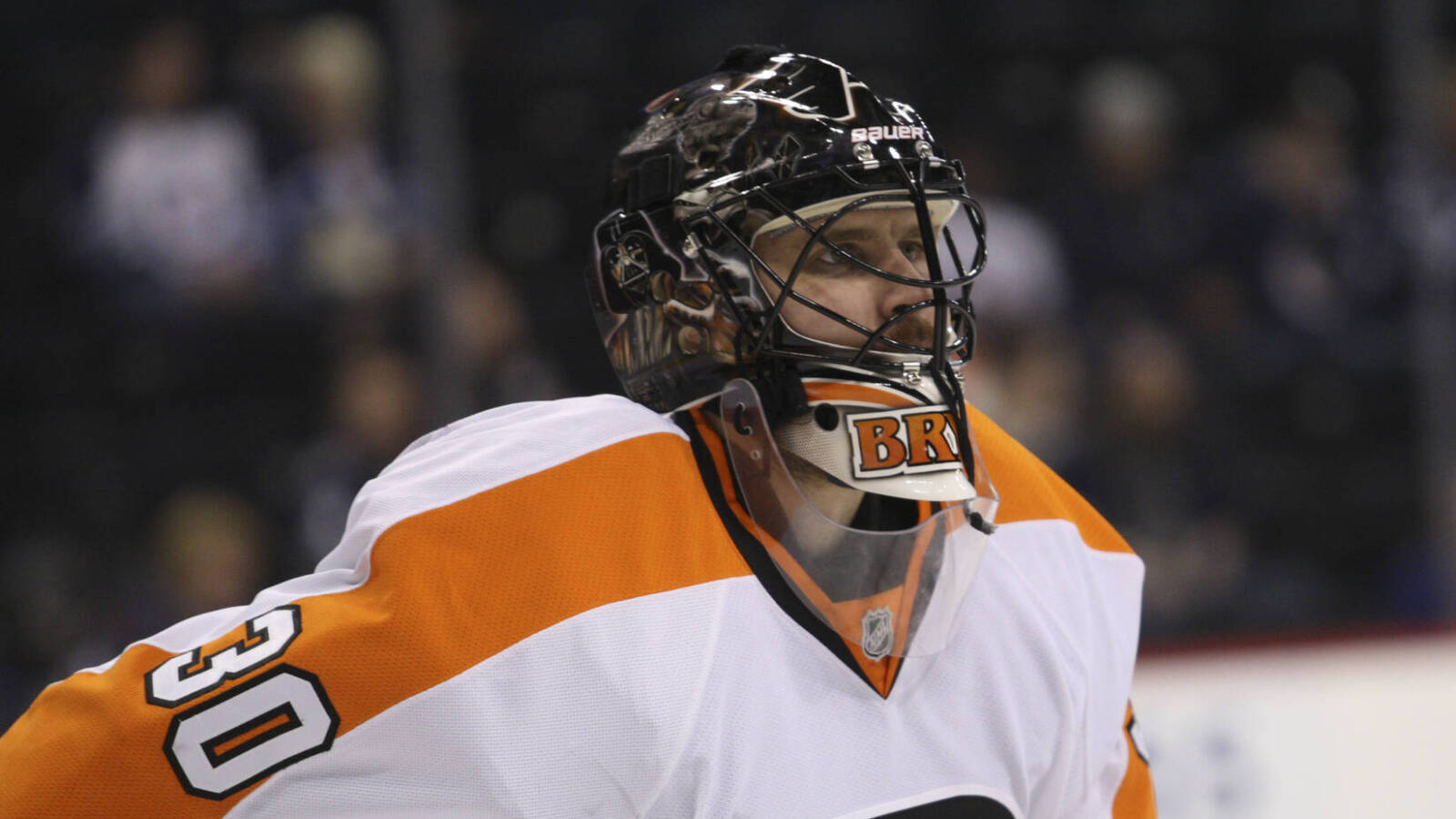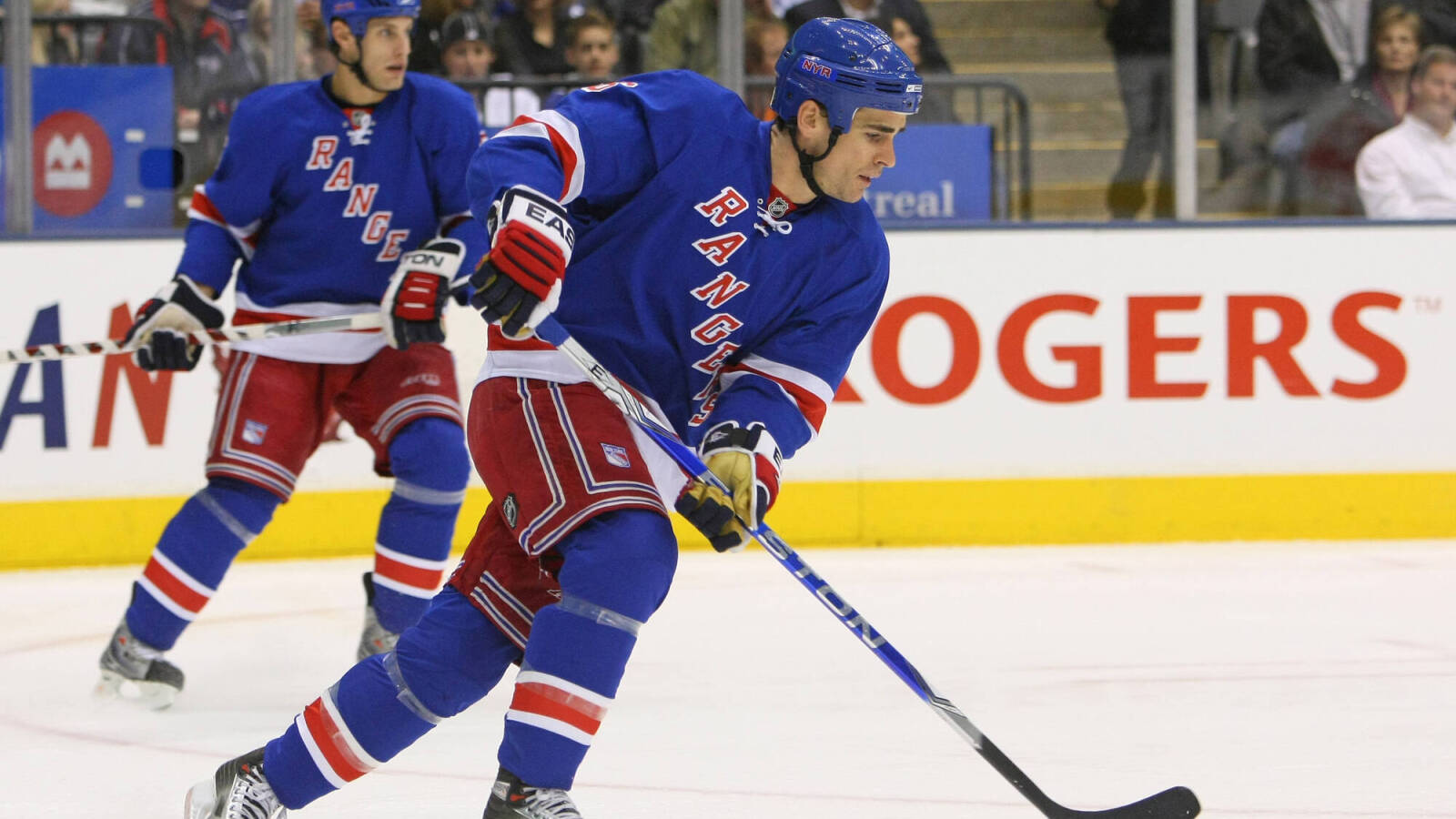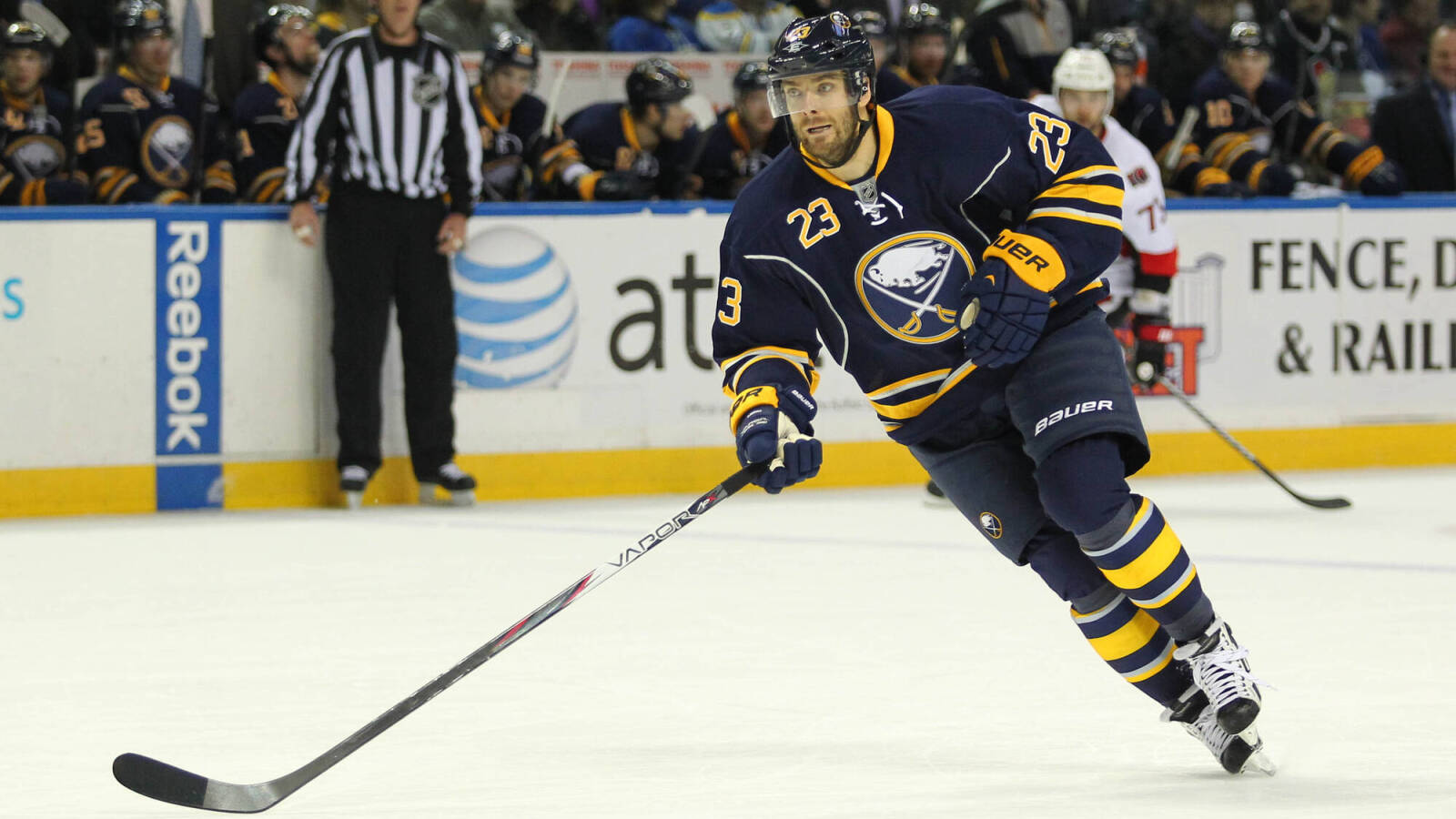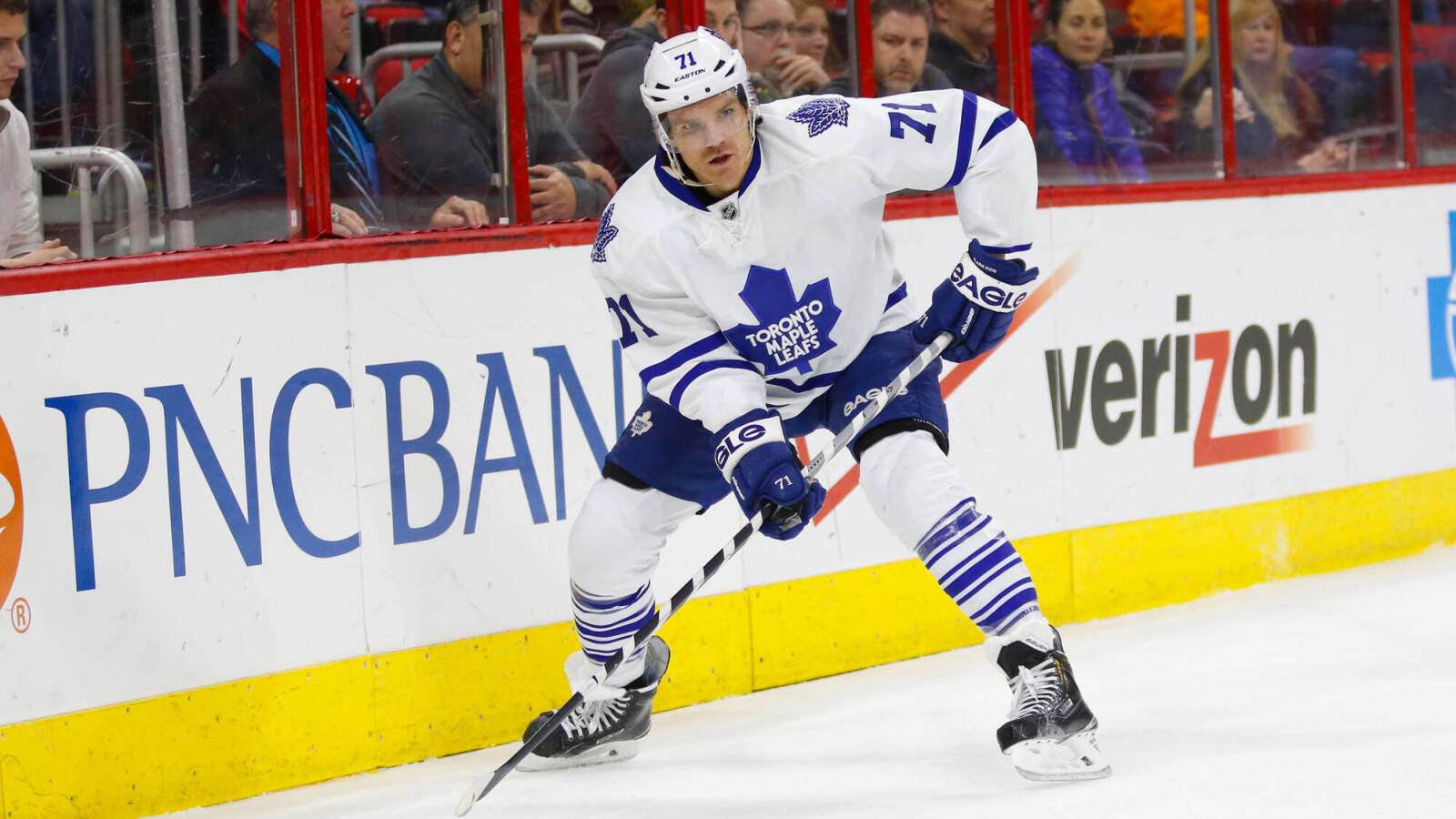
Good players aren’t really associated with their contracts, are they?
Quick: tell me the dollar figures and term of Connor Hellebuyck’s current contract. Or Victor Hedman’s. Or Ryan O’Reilly’s. And so on. We associate successful players with what they’ve won, from championships to individual accolades, not with what they’re paid.
But players who go bust on major contracts with big term and AAVs? They’re forever associated with their bad contracts. To speak one of their names is to elicit a groan from a fan of that player’s team and start a conversation on how bad the contract was.
Don’t believe me? You will after perusing my choices for the five worst UFA contracts of the NHL’s salary cap era.
Honorable mentions: Loui Eriksson 2016 (VAN), Jeff Skinner 2019 (BUF), Milan Lucic 2016 (EDM), Dave Bolland 2014 (FLA), Scott Gomez 2007 (NYR), Christian Ehrhoff 2011 (BUF), Nathan Horton 2013 (CBJ), Karl Alzner 2017 (MTL), Andrew Ladd 2016 (NYI)
5. Jeff Finger, 2008, Toronto Maple Leafs
4 years, $3,500,000 AAV
If you’re familiar with the honorable mentions above, you know plenty of bad contracts were pricier, longer and generally hurt their clubs worse than the Finger deal. But it has to crack the top five because of how downright perplexing it was even at the time. Finger, a former eighth-round pick, only had two NHL seasons and 94 games to his name when he hit the market in 2008 as a UFA. Then-Leafs GM Cliff Fletcher targeted Finger believing he had broken out as a shutdown defenseman who could help the Leafs grow into contenders.
As the legend has it, some deeper research into the quotes and justifications from Fletcher unearthed pretty strong evidence that Fletcher confused Finger with Avalanche teammate Kurt Sauer. Fletcher championed Finger’s shutdown ability in the playoffs … when Finger had been healthy scratched five times in the playoffs. Seriously, the breakdown from Dan Tolensky here is must-read.
As for Finger and his $14 million contract? He played two seasons and 105 games in a Leaf uniform and never even suited up in the NHL again after that.

4. Ilya Bryzgalov, 2011, Philadelphia Flyers
9 years, $5,666,667 AAV
A humungous big mistake, it was. At the time, the rationale behind chasing Bryzgalov was reasonable. He was fresh off two excellent seasons with the Coyotes, during which he finished second and sixth in Vezina Trophy voting. Paying him also coincided with blowing up the Flyers’ core, however, trading Mike Richards and Jeff Carter, who would hoist the Stanley Cup as L.A. Kings a year later. The Flyers also shipped out goaltender Sergei Bobrovsky the following summer, giving up on the idea of him blossoming into a star NHL goaltender.
Well, Bryzgalov played just two of the nine seasons on his contract with the Flyers. One was merely OK, the other was just plain poor, and his biggest contribution to the franchise was the hilarious and charismatic personality he showcased on the HBO "24/7" series. The Flyers ended up buying out the last seven years of his contract, which meant paying him for 14 years, albeit it was a compliance buyout and didn’t count against the cap. Meanwhile, Bobrovsky won two Vezinas as a Blue Jacket. The Bryzgalov signing was an unmitigated disaster.

3. Wade Redden, 2008, New York Rangers
6 years, $6,500,000 AAV
The Ottawa Senators surely would’ve re-signed Zdeno Chara over Redden back in 2006 if they’d known he’d leave them after two years to sign a big-ticket deal with the Rangers. At least the Sens didn’t get saddled with Redden’s decline years, however. The Rangers did. After he delivered two middling seasons producing at a value far below his salary, Ottawa did the unthinkable and buried his contract in the AHL.
Redden played 119 games for the Hartford Wolf Pack from 2010-11 through 2011-12. The humiliation and cap circumvention made such waves that the next collective bargaining agreement, struck before the shortened 2012-13 season, included a "Wade Redden Rule," which made demotions of one-way deals still count against the cap.

2. Ville Leino, 2011, Buffalo Sabres
6 years, $4,500,000 AAV
The Pegulas were determined to make flashy moves in their first free-agency season after buying the Buffalo Sabres. In addition to a long contract dished out to honorable mention Christian Ehrhoff, they paid Leino legit top-six forward money and term coming off a successful two-season stretch with the Philadelphia Flyers in which he had a monster 2010 playoffs followed by a 53-point campaign in 2010-11.
Leino wouldn’t even get 53 more points in his NHL career. He was a ghost in three seasons with the Sabres, totaling 10 goals and 46 points in 137 games, including a legendary zero-goal season in 58 games in 2013-14. The Sabres bought out the second half of his contract.

1. David Clarkson, 2013, Toronto Maple Leafs
7 years, $5,250,000 AAV
Add up the bidding war, the term, the hometown connection and the all-around hype around the deal and the Clarkson contract lords over the others for the sheer disappointment that ensued.
Clarkson had established himself as a heart-and-soul power forward with the New Jersey Devils. Getting 30 goals in 2011-12 probably worked against him, as it attached a "30-goal scorer" label to a player who overachieved with a career-best shooting percentage that season and created what were, in hindsight, unrealistic expectations for an undrafted grinder whose talent was more typical of a bottom-six forward.
He idolized Wendel Clark as a kid and was emotional about the idea of playing for the Leafs. Perhaps that created a degree of internal (on top of significant external) pressure that made Clarkson press. During a preseason game, he left the bench to fight and earned himself a 10-game suspension, starting his career in the Blue and White on the wrong foot. He never seemed to find his rhythm after that. Clarkson didn’t even complete two seasons in a Leaf uniform. He scored 15 goals in 118 games and ended up dumped to the Columbus Blue Jackets in a deadline-day trade for the LTIR-stashable Nathan Horton. Injuries eventually rendered Clarkson unable to play the game by his early 30s and he ended up used as a pawn, acquired by the Vegas Golden Knights as a “favor” before the 2017 expansion draft, with Columbus doling out a first-round pick and more to get rid of Clarkson.
More must-reads:
- The five best free-agent signings of the NHL salary cap era
- Every NHL team's likely next retired number
- The '100 catches in an NFL season' quiz
Breaking News
Customize Your Newsletter
 +
+
Get the latest news and rumors, customized to your favorite sports and teams. Emailed daily. Always free!

